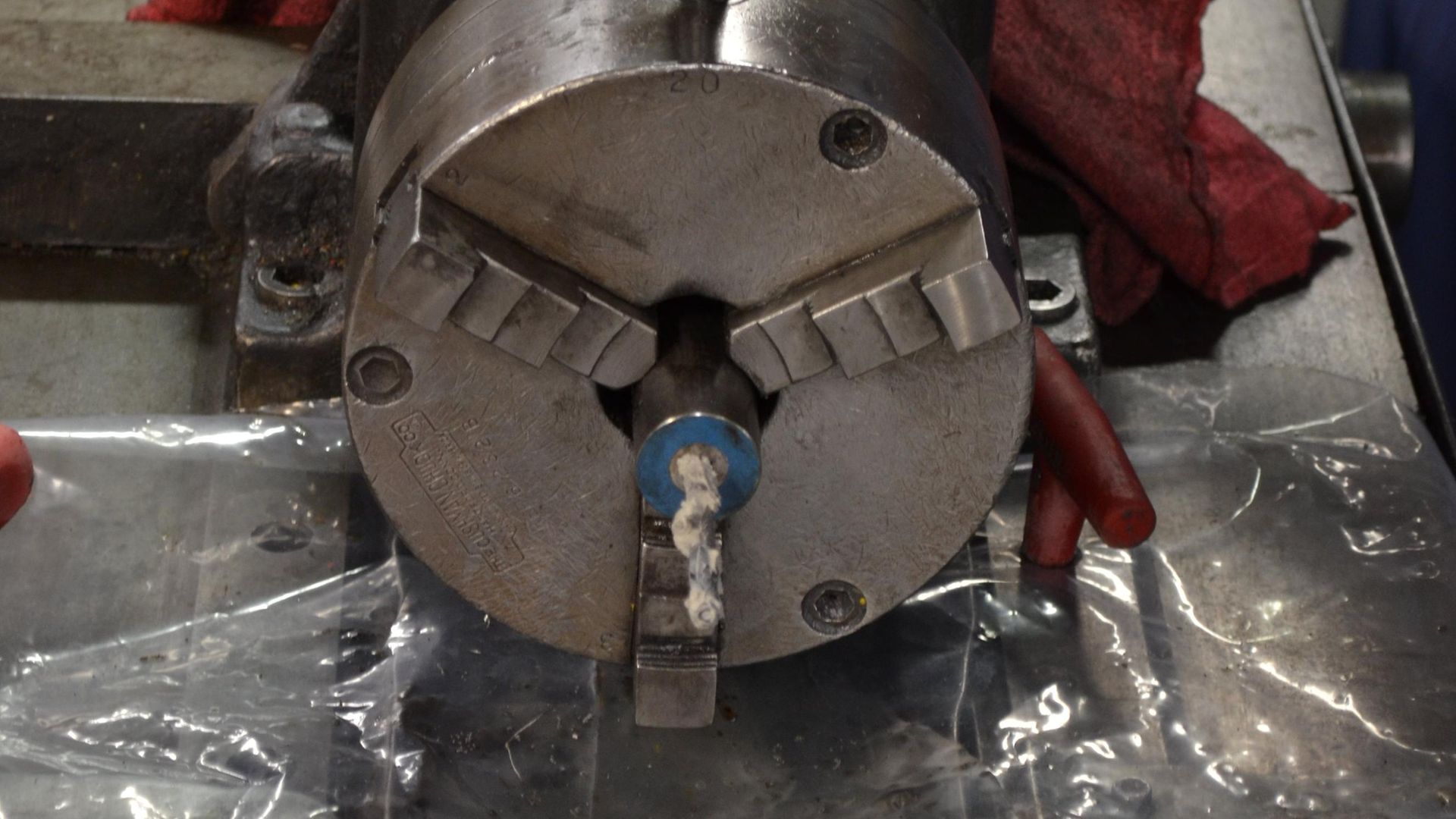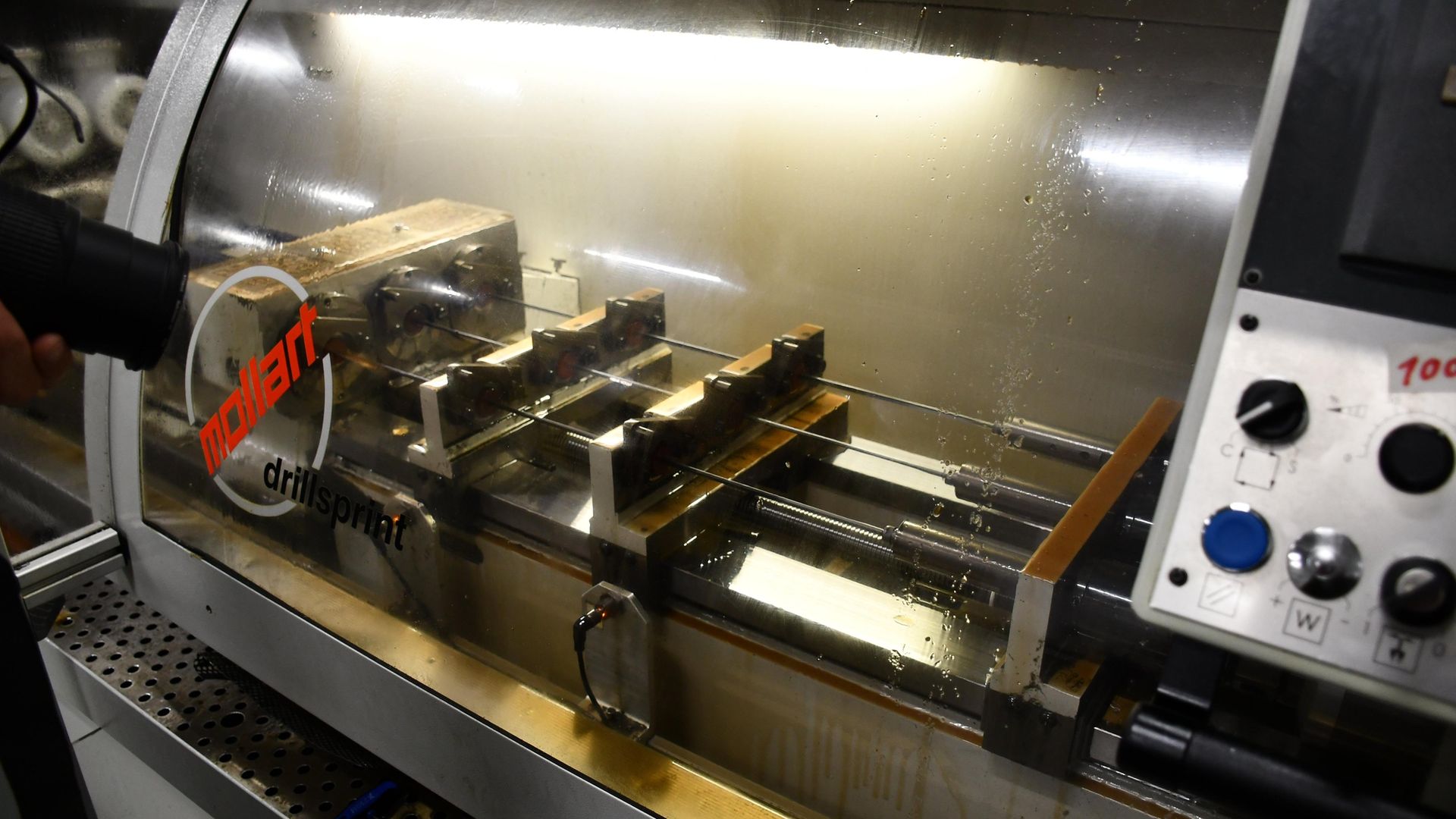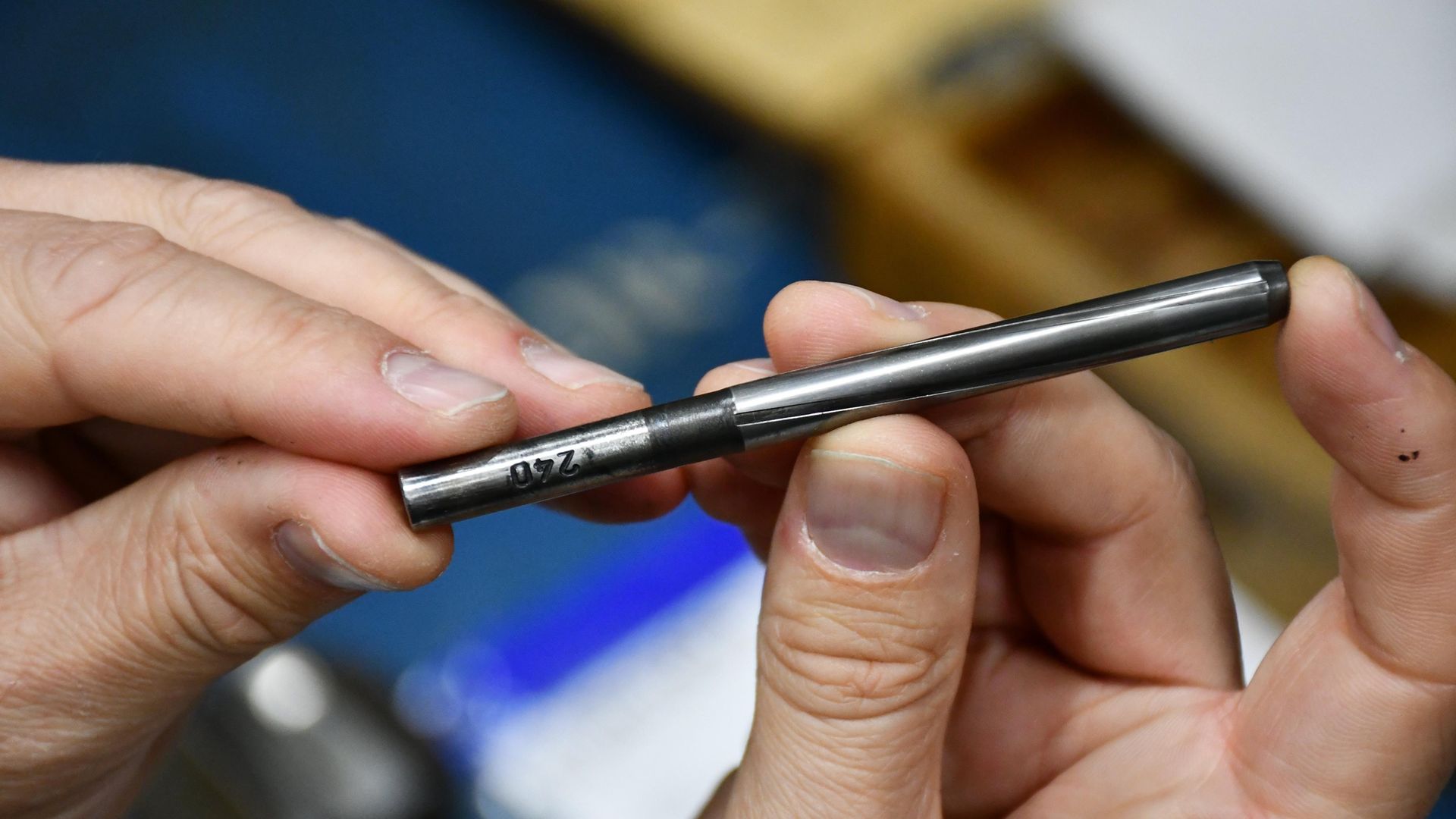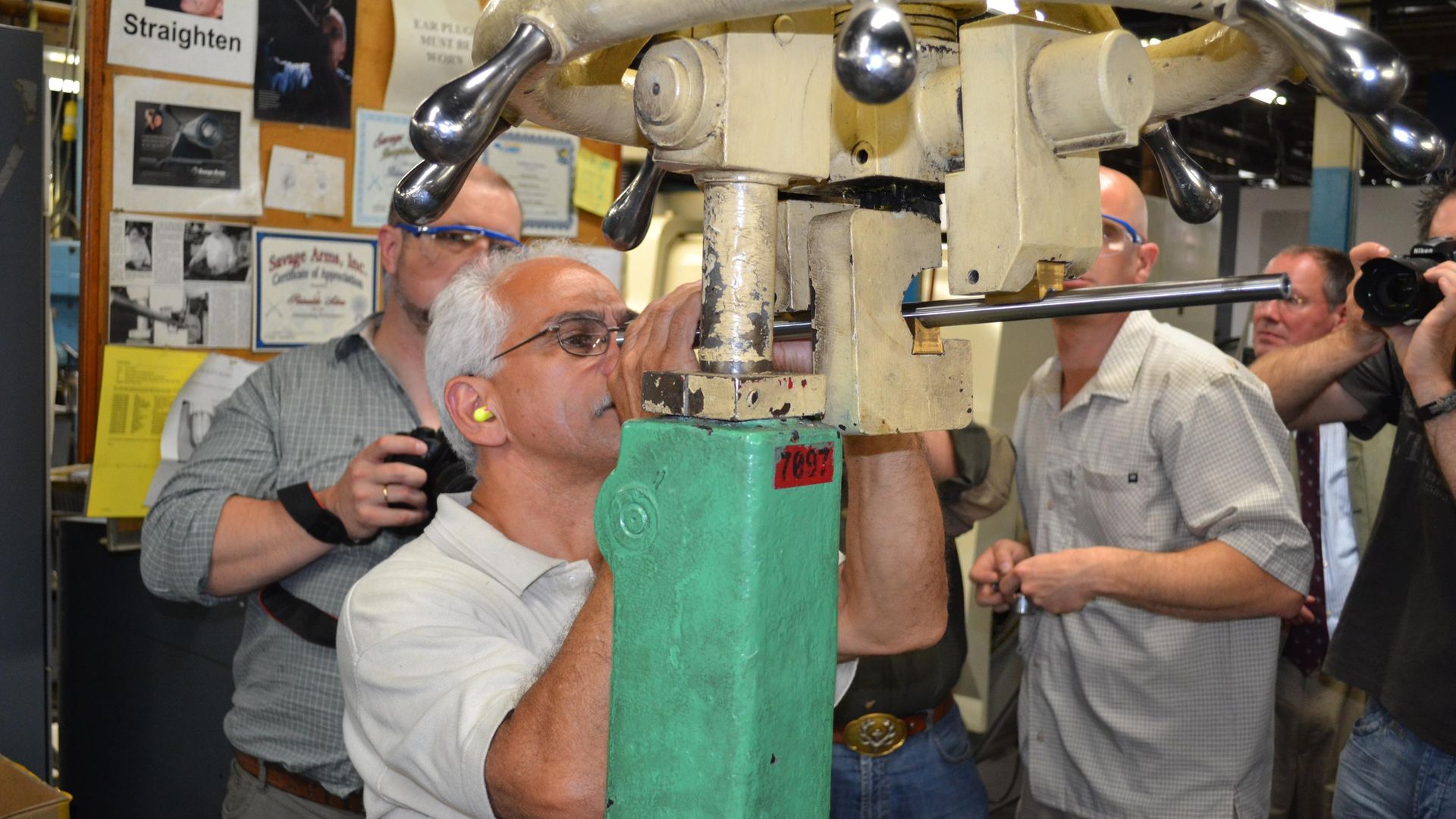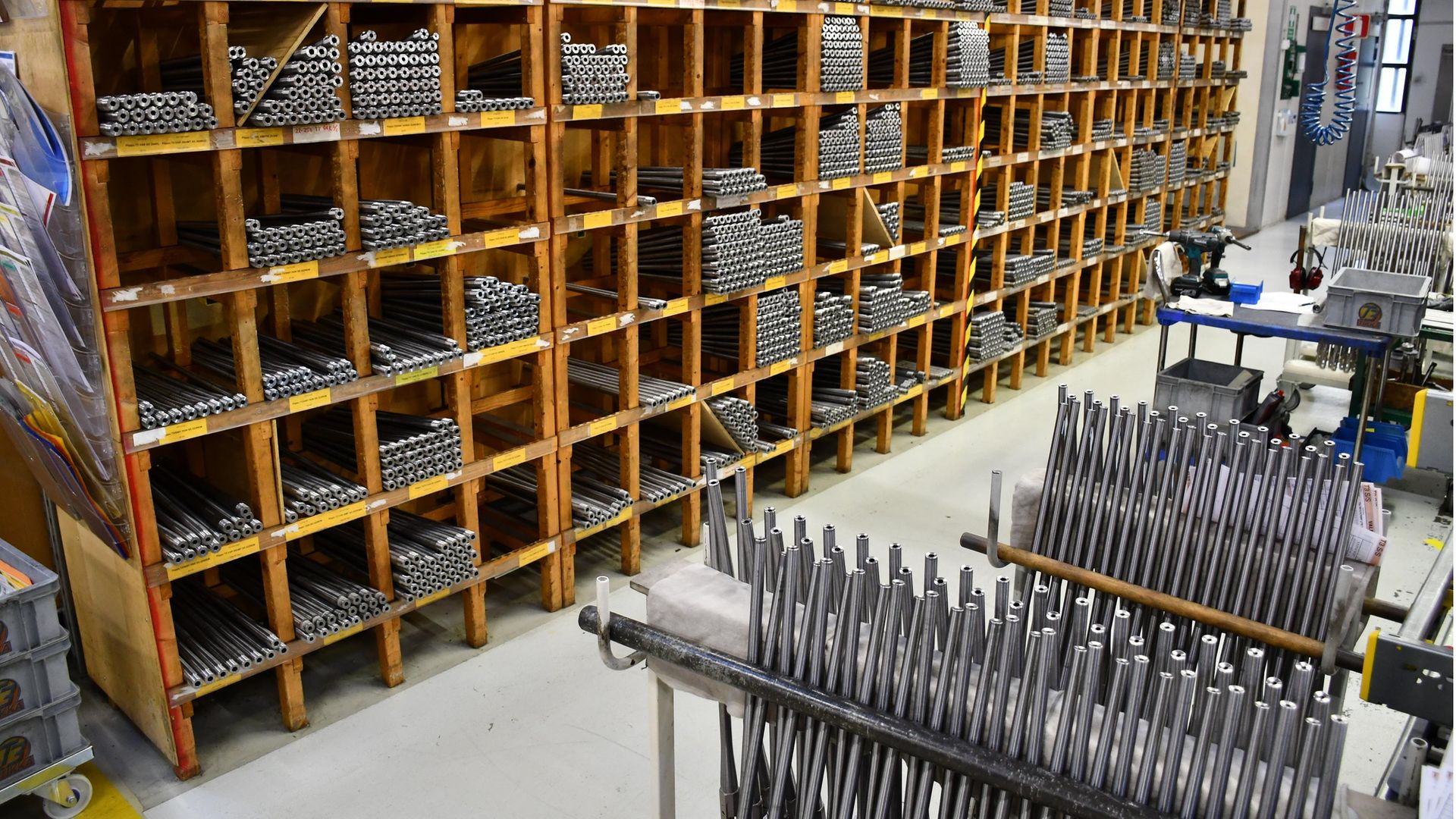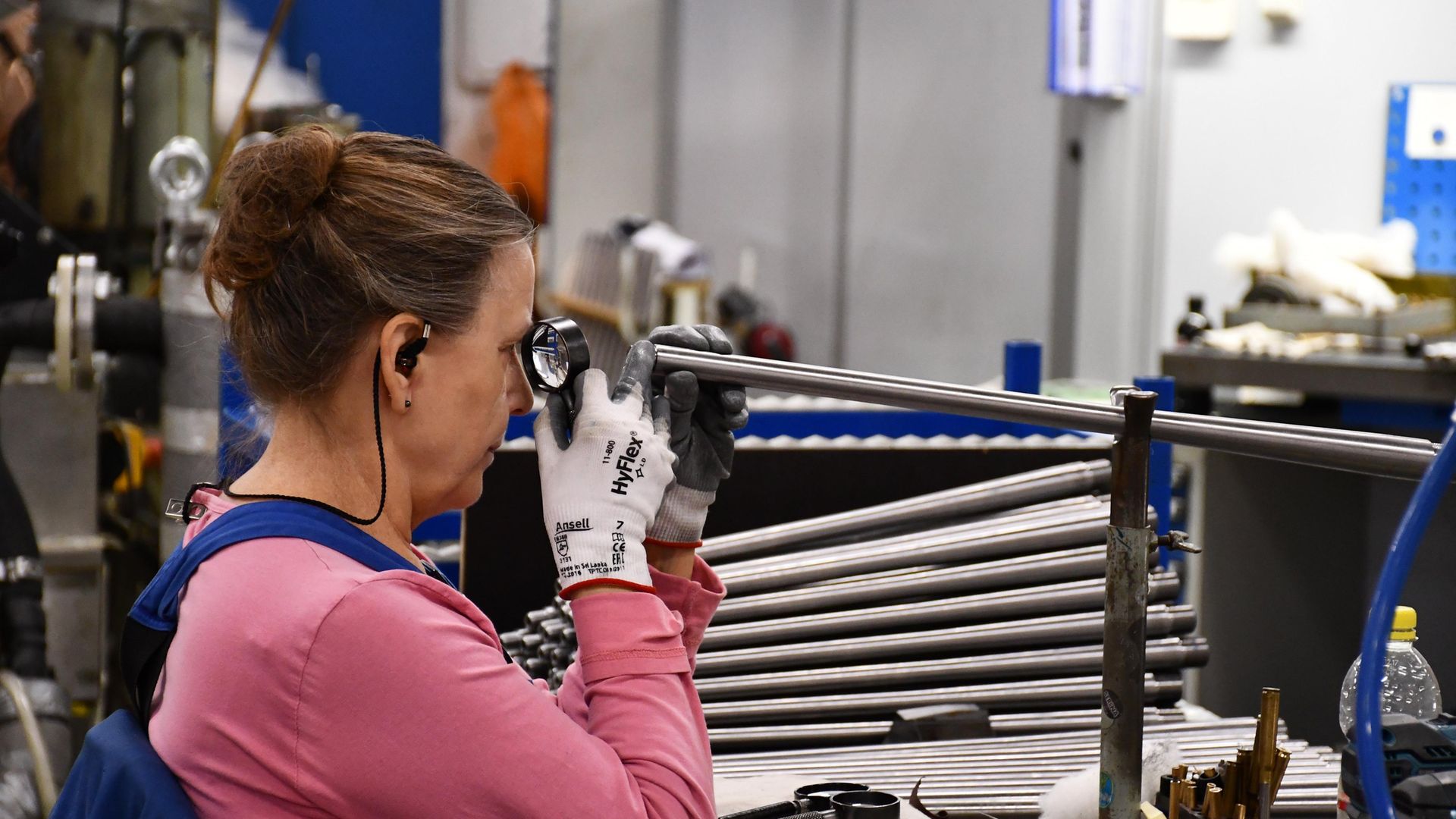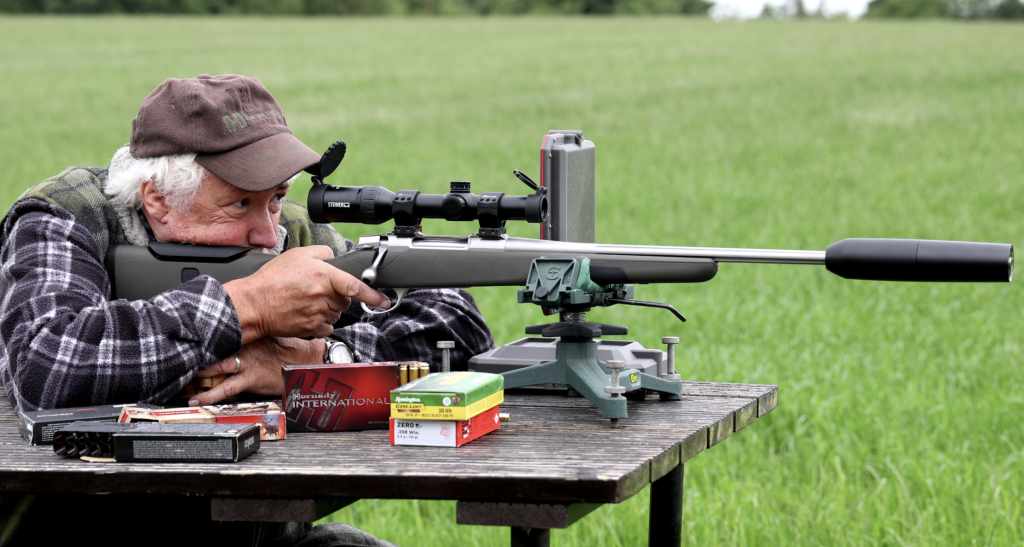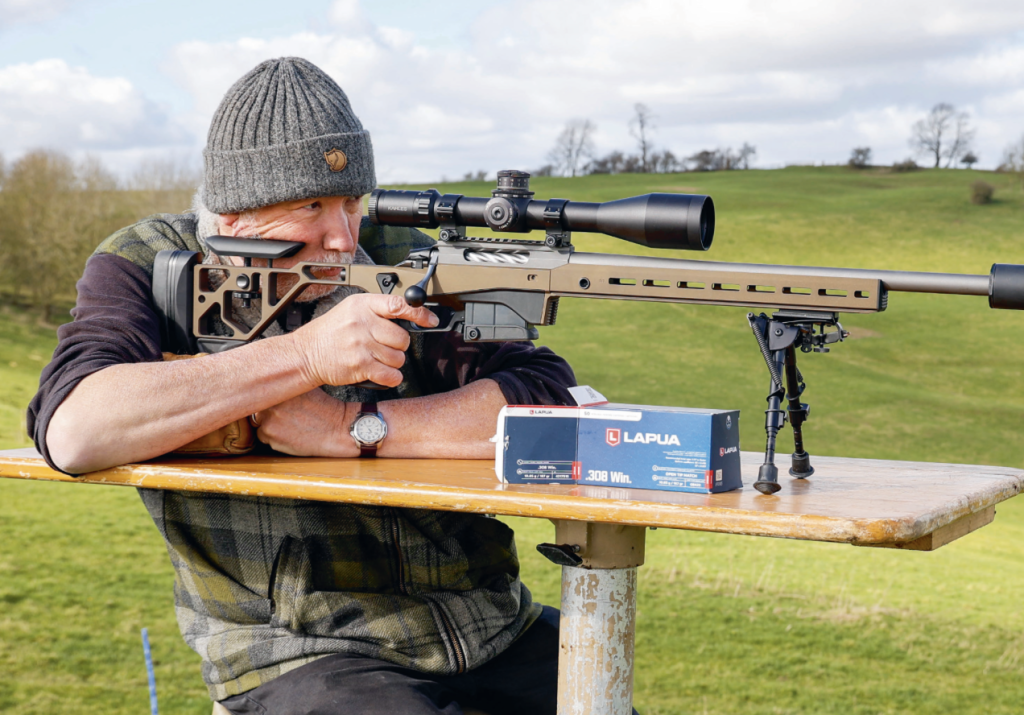Barrel rifling methods & twist rates explained
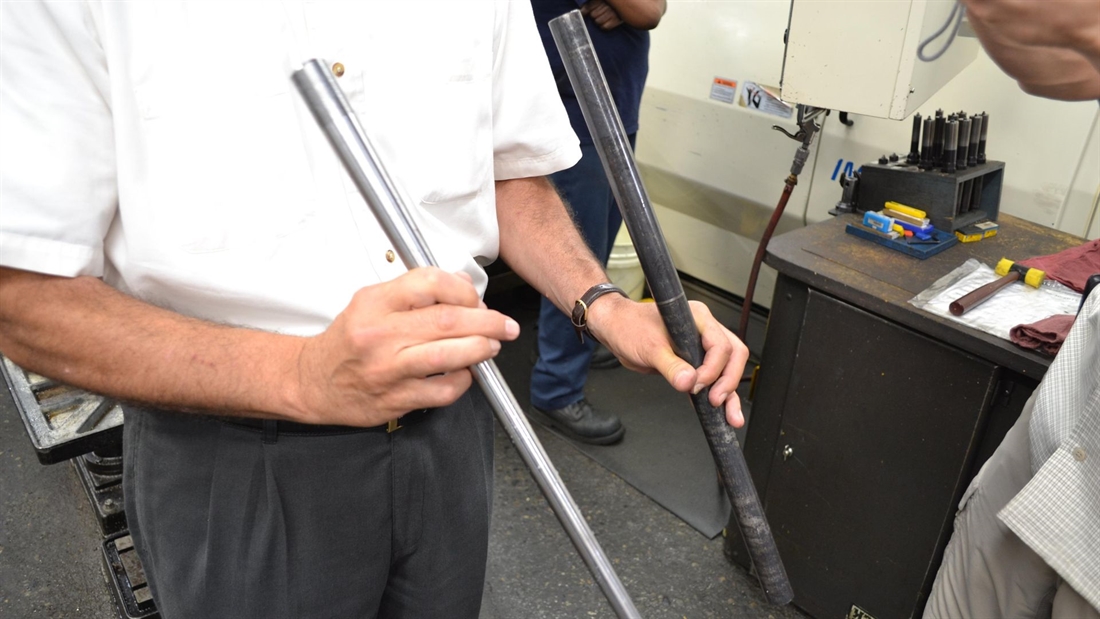
Chris Parkin explains the engineering behind that all-important element that gives the rifle its name – the barrel rifling – and looks into twist rates and how they are added to the barrels…
Rifling and twist rates always get mentioned in my reviews, and I often get questions from readers about this, so I thought I would demystify the subject. There are three ways to make a rifled barrel and they all start with a steel bar, deep-drilled to form what will become the bore of the barrel.
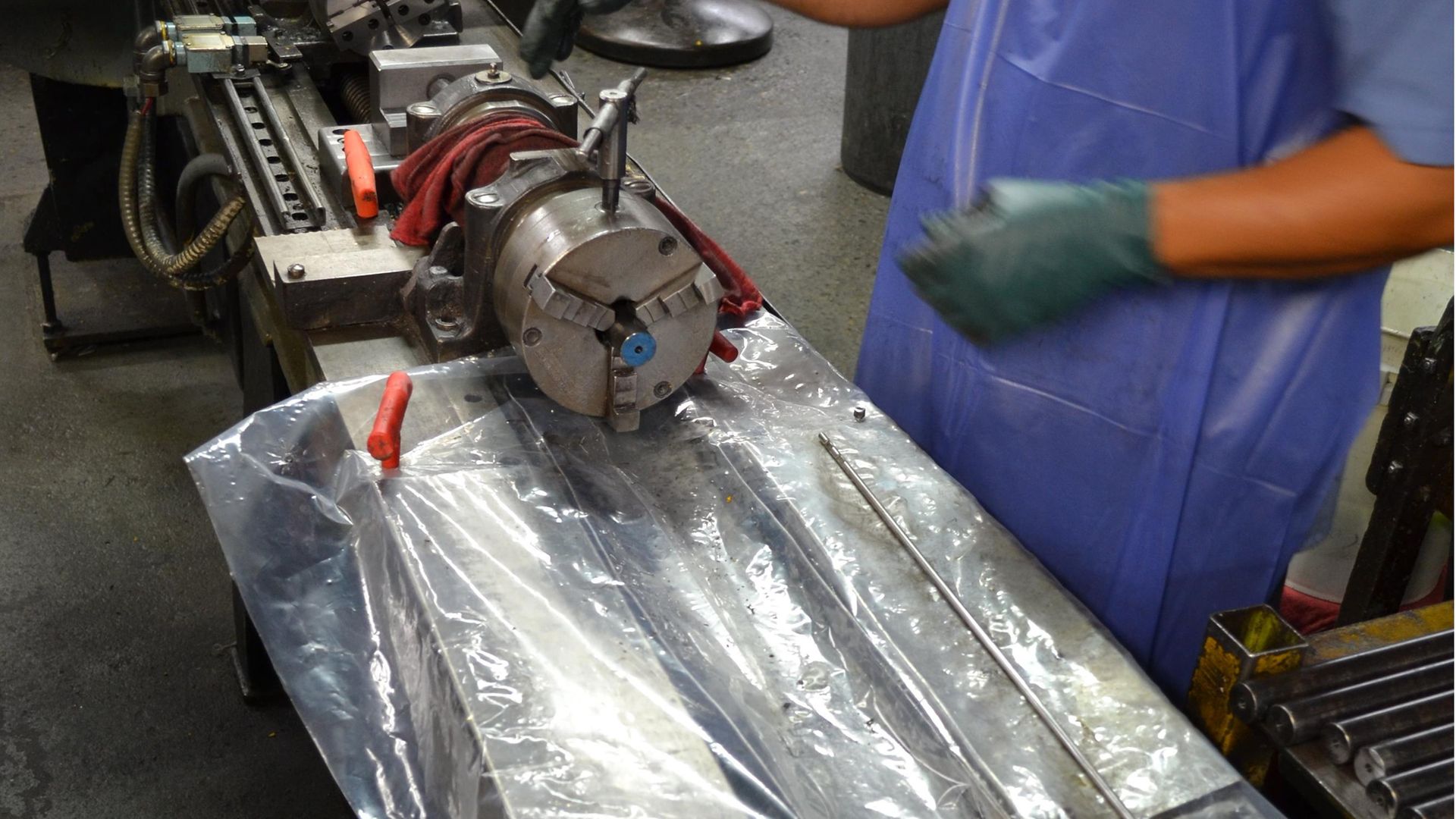
1. How are cut-rifled barrels made?
In the case of a cut rifled barrel, which is the oldest, yet still most precise method for true match barrel manufacture, the diameter of the hole will become the diameter of the ‘lands’ of the rifling.
A long bar with a cutter in place is then repeatedly run up and down this tube with a slowly rotating motion that equates to the rifling twist rate. After many passes cutting each groove, fractions of thousands of an inch at a time, it moves round to begin cutting the next groove. There can be anything from two grooves upwards, but generally an even number with six being common.(Occasionally, special patterns with uneven groove numbers exist, which result in more complex groove shapes to make ‘5R’ rifling, but for now, let’s keep it simple.)
Once finished, this bore can be lapped with a moulded slug using lapping compounds to smooth and polish the tooling marks to whatever level the price/quality level is required. It’s a lengthy, finely detailed process, but essentially that is how it works. This is how Accuracy International rifle their barrels.
2. How are button-rifled barrels made?
Method two is button rifling which again starts with a deep-drilled bar. I’ll explain it like this: imagine taking a round button and cutting teeth in it and then pulling it through the tube, effectively cutting grooves along the length.
Now complicate that slightly by having that button on the end of a bar pulling it through whilst simultaneously rotating the bore as the button remains straight. That gives you the lands and grooves in a spiral pattern we call ‘rifling’. Savage make their barrels
this way.
3. How are cold-hammer forged barrels made?
The final method in use is called cold-hammer forging. This is perhaps the most complicated, requiring the most investment with the least flexibility in the process, but, when refined, it’s perhaps the best for making superb barrels in high volumes. It was first developed for making machine gun barrels so volume production was important.
The previous two methods used a pretty much barrel-sized piece of steel, but for this the steel is a much shorter and fatter pipe with a hole in the middle. Now, imagine you slotted a bar inside that featuring external lands and grooves on it, the ‘negative’ of the finished barrel (called the mandrel).
Now place that combined unit in a cold-hammer forging machine where industrially scaled mechanical hammers beat the steel like a lump of cold (but extremely hard) steel pipe from all sides until it is physically compressed and squeezed down in diameter to meet the mandrel with the rifling ‘negative’ within it. The mandrel is then drawn out, rotating along its own self impressed rifling grooves. This process is pretty much sealed within a huge chamber to guard against the reciprocating hammers, but in the end, out comes a longer, thinner tube with rifling within. This is how Blaser, Sako/Tikka make their barrels.
Which method of barrel making is best?
Any of these methods would deserve an extensive article, so forgive the brevity to make it fit here. Essentially, no method is better than the others, because each has benefits in terms of precision, economy and metallurgical effects on the steel, which is still subject to work hardening, thereby requiring annealing afterwards (heating up and cooling at specified rates to relax the metallic grain and overall structure of the steel.
Cut rifling is the slowest and most delicate with the greatest cost but little need for metallurgical correction like annealing. Any barrel can be honed and polished after rifling, and some methods do this before the rifling is impressed (i.e. Bergara). Other elements to factor in are external profiling to meet size and taper requirements or bead blasting and polishing of the outer surface to meet visual requirements, most of which are done after chambering.
Also critical to mention is dimensioning. I was once, years ago, refused sale of .308 bullets in a gunshop because I only had a .300 Win Mag on my certificate and, sadly, it illustrated the fact that the retailer lacked not only calibre naming knowledge, but also the difference between land and groove dimension. Essentially, the grooves are 0.004″ deep, so you double that up for opposing sides and add 0.008″ to the dimensions from one side of the barrel to the other. Ignoring the grooves, that is the size of the bullet into which the lands engrave themselves.
Therefore, a .308 rifle has a 0.300″ hole drilled into it, to which two 0.004″ grooves are added, so it got called a 0.308. Other than chambering, the barrels and bullets are identical in diameter. Simple fact of the day!
Adding twist rates
Cut and button rifled processes can be altered to accommodate varied twist rates, other than in extremes, whereas cold-hammer forging needs the mandrel within to be the exact shape of the bore, including the twist rate.
So, on a .30 cal, say 1 in 10, 11 or 12″ (if you offer one of each), you’ll need a mandrel appropriate to each. Button rifling can vary the rate at which the barrel turns while the button is pulled though it in just a few seconds.
Cut rifling is almost limitless on this slow, gentle reciprocating process – you can even have ‘gain twist’ barrels made, where the breech end may have, say, a 1 in 13″ twist that alters profile gradually, tightening to say 1 in 12″ as it nears the muzzle.
Like the powder burn speed and expansion, the bullet steadily increases rotational speed for theoretically gentler entry into the world, with less aggressive engraving/deformation. It’s a science all of its own!
Related Articles
Get the latest news delivered direct to your door
Subscribe to Rifle Shooter
Elevate your shooting experience with a subscription to Rifle Shooter magazine, the UK’s premier publication for dedicated rifle enthusiasts.
Whether you’re a seasoned shot or new to the sport, Rifle Shooter delivers expert insights, in-depth gear reviews and invaluable techniques to enhance your skills. Each bi-monthly issue brings you the latest in deer stalking, foxing, long-range shooting, and international hunting adventures, all crafted by leading experts from Britain and around the world.
By subscribing, you’ll not only save on the retail price but also gain exclusive access to £2 million Public Liability Insurance, covering recreational and professional use of shotguns, rifles, and airguns.
Don’t miss out on the opportunity to join a community of passionate shooters and stay at the forefront of rifle technology and technique.



